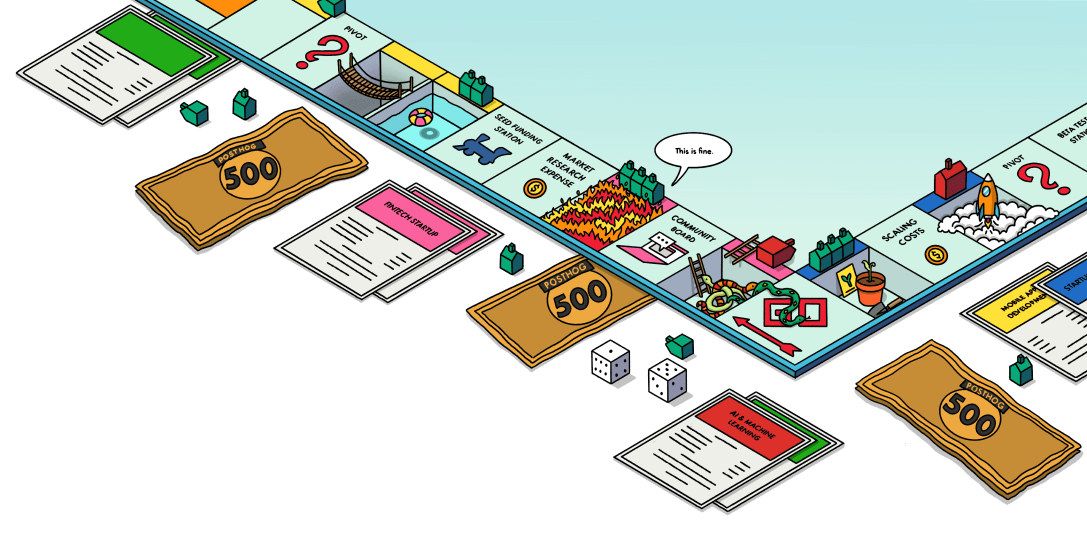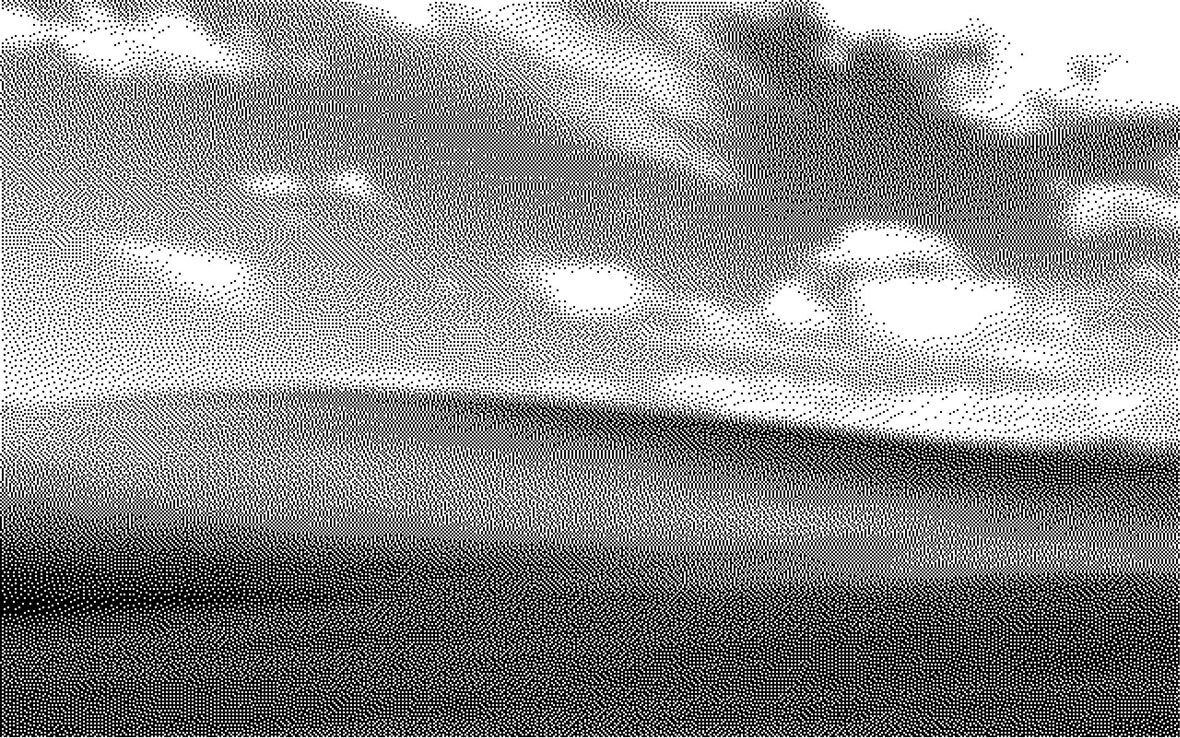Useful SQL functions
Contents
Our SQL flavor includes many functions to aggregate and manipulate queried data. Below are some examples of some of the most popular SQL functions you can use in your insights.
Aggregate functions
These aggregate results for columns across all rows. They include:
avg(): Calculates the average numeric value of a column.sum(): Calculates the total (sum) numeric value of a column.max(),min(): Finds the maximum or minimum value of a column.
You can find a full list of these in supported aggregations.
Count
Use count() to count the number of rows in a particular column. count(*) counts all rows, while count(column_name) counts the number of non-null values in a column.
Regular functions
Our SQL flavor provides many functions for accessing, modifying, and calculating data from queries. Along with the ones listed below, many basics include calculation operators (+, -, /, *), type conversions (toInt, toString), conditional statements (if, multiIf), and rounding (floor, round).
You can find a full list of these in supported ClickHouse functions.
Date and time
now(),today(),yesterday(): Returns the current time, date, or yesterday’s date respectively.interval: A length of time for use in arithmetic operations with other dates and times.toDayOfWeek,toHour,toMinute: Converts date number of day of week (1-7), hour in 24-hour time (0-23), and minute in hour (0-59).toStartOfYear,toStartOfMonth,toMonday,toStartOfDay,toStartOfMinute: rounds date down to the nearest year, month, Monday, day, hour, or minute respectivelydateDiff('unit', startdate, enddate): Returns the count inunitbetweenstartdateandenddate.formatDateTime: Formats a time according to a MySQL datetime format string.parseDateTimeBestEffort: Converts most human-readable dates into a datetime.
If you want to access dashboard or insight date filters, you can use the variables filters.dateRange.from and filters.dateRange.to.
Read more examples in How to do time-based breakdowns (hour, minute, real time) and Using SQL for advanced time and date filters.
String
extract: Extracts a fragment of a string using a regular expression.concat: Concatenates strings listed without separator.splitByChar,splitByString,splitByRegexp,splitByWhitespace: splits a string into substring separated by a specified character, string, regular expression, or whitespace character respectively.match: Return whether the string matches a regular expression pattern.replaceOne,replaceRegexpOne: Replace the first occurrence of matching a substring or regular expression pattern respectively with a replacement string.trim: Remove specified characters (or whitespace) from the start or end of a string.upper,lower: Converts a string to uppercase or lowercase.
Read more in How to analyze autocapture events with SQL.
JSON
You can access nested data in JSON and objects directly.
You can parse JSON with JSONExtractRaw() to return a value.
Specialized JSONExtract functions exist for different data types including:
JSONExtractFloatJSONExtractArrayRawJSONExtractStringJSONExtractBool
Array
arrayElement(arr, n): Retrieves the element with the index of n from the arrayarr.arrayJoin(arr): Takes a row and generates multiple rows for the number of elements in the array. It copies all the column values, except the column where this function is applied. It replaces the applied column with the corresponding array value.
Read more in How to filter and breakdown arrays with SQL.
Sparkline
A sparkline is a tiny graph contained in one cell of your query result. As an argument, it takes an array of integers.
You can use it to visualize queries, such as a 24-hour $pageview count for different $current_url values.
You can also use it for art.
SemVer
If you have a SemVer version number, you can use the sortableSemVer() function to get a version number that you can use for sorting purposes.
SELECT DISTINCT properties.$lib_version FROM events WHERE event = '$pageview' AND timestamp >= now() - INTERVAL 1 DAY ORDER BY sortableSemVer(properties.$lib_version) DESC LIMIT 10
Session replays
You can create a button to view the replay for a session by using the recordingButton() function with the session_id. For example, to get a list of recent replays, you can use:
Actions
You can use actions in SQL by using the matchesAction() function with the name of your action. For example, to get a count of the action clicked homepage button, you can do:
Translation
You can translate a language code to a language name using the languageCodeToName() function. You can see what the mapping looks like in our codebase
HTML tags and links
These HTML tags are currently supported, but for security reasons, none of them support attributes right now:
<div>,<p>,<span>,<pre>,<code><em>,<strong>,<b>,<i>,<u><h1>,<h2>,<h3>,<h4>,<h5>,<h6><ul>,<ol>,<li><table>,<thead>,<tbody>,<tr>,<th>,<td><blockquote>,<hr>
Most useful is the <a> tag for creating links. URLs are automatically clickable in the Table visualization, but you can also set a custom link using an <a> tag.
Text effects
Plain text is so boring, so we added some text effects to make it cooler. Wrap any text in <blink> to make it blink, <marquee> to make it horizontally scroll, and <redacted> to hide it unless hovered.








